From pv magazine International
The Netherlands Organization for Applied Scientific Research (TNO) and the Dutch Institute for Safety have published a guide to help homeowners or businesses operating a rooftop PV system, or willing to install one, become aware of the fire risks associated with solar power generation.
The guide also provides firefighters with tools to act quickly and safely in the event of an incident and defines the most common fire causes, such as bad system design, inadequate installation, animals chewing on wires, storm damages, manufacturing faults in PV products, including connectors and junction boxes, and heat accumulation, among others.
The basic principle proposed by the TNO experts is that a PV system, including the inverter, must have its own fire compartments, as far as this is possible. These compartments should comply with the Dutch WBDBO requirement, which establish that the fire in a building should be stopped in 30, 60, 90 or 120 minutes, depending on the type of building and its function. WBDBO stands for Weerstand tegen BrandDoorslag en BrandOverslag, which translates to Resistance Fire Bursts and Fire Spread.
“For the layout of a commercial roof with solar panels, we recommend working with surfaces of a maximum of 40 by 40 meters, or 1,600 square meters, as in this way the firefighters can still reach all solar panels during their operation,” the Dutch experts said, adding that a safe space must be maintained between the PV system compartments, also in residential installations. “What is also very important if a fire breaks out is that the firefighters can find all information about the existing PV system in the meter cupboard or at the entrance of the building,” they explained. This should help the firefighters identify the location of the inverter, the possible presence of a storage system, and a fireman’s switch.
The guide is said to be a working paper that will be updated constantly according to adjustments in regulations and technology.
In September 2018, the Netherlands enterprise agency Rijksdienst voor Ondernemend Nederland (RVO) tasked the TNO to conduct an investigation into fire accidents involving rooftop PV systems reported by Dutch media at the time. In April 2019, the research institute ended its investigation and stated that around 70% of the fires were caused by faulty connectors, and especially by cross-mating, which happens when connectors of different kinds are mated.
In December, Underwriters Laboratories, a U.S. nonprofit standards development organization, published the new UL 3741 safety standard, which is related to the evaluation of PV hazard control functions.
This content is protected by copyright and may not be reused. If you want to cooperate with us and would like to reuse some of our content, please contact: editors@pv-magazine.com.
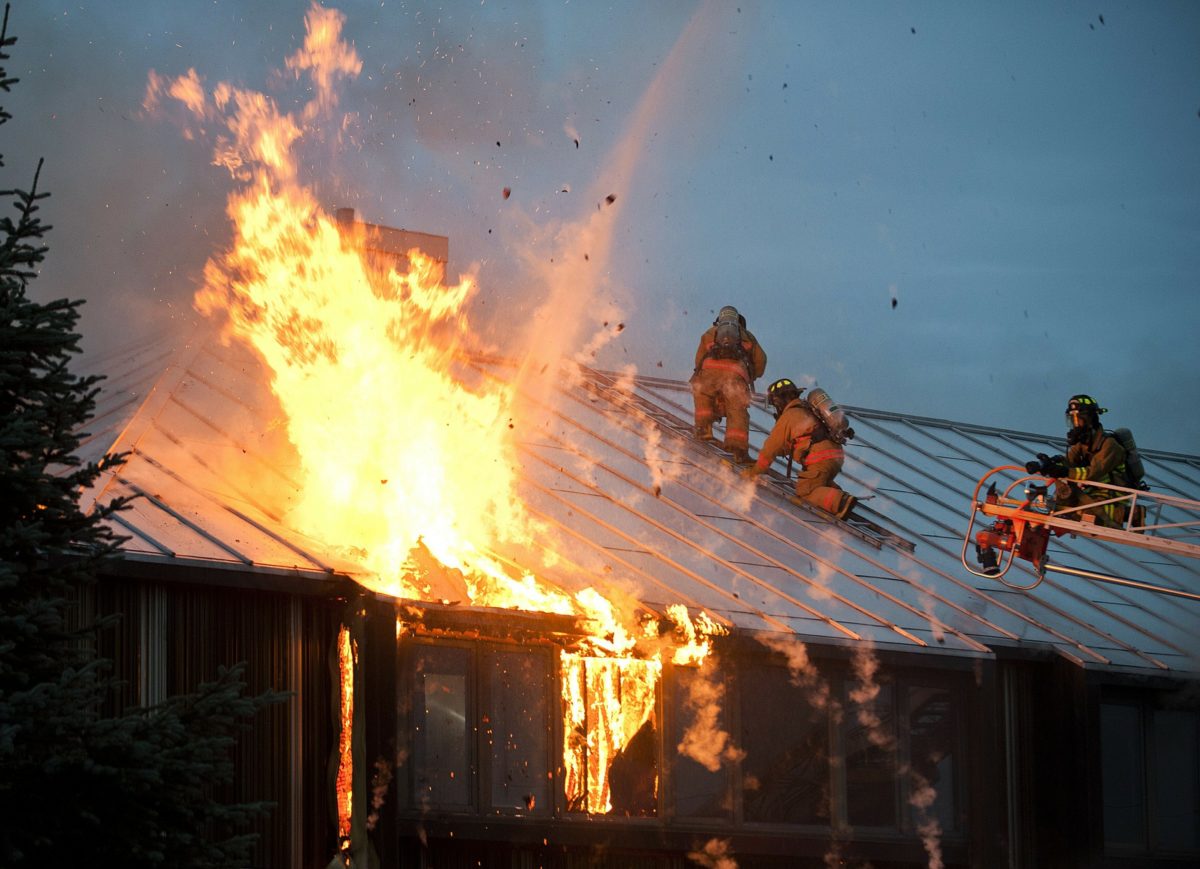
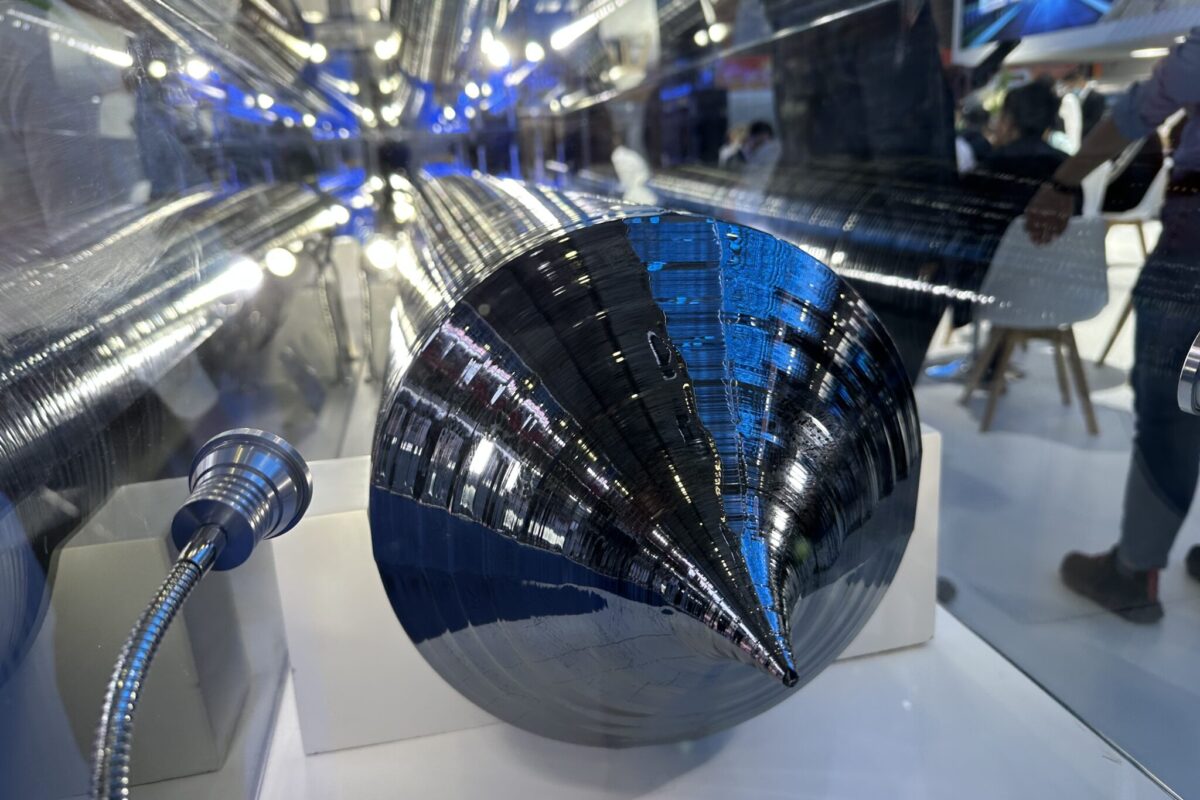



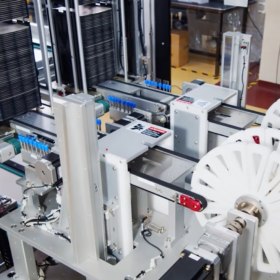

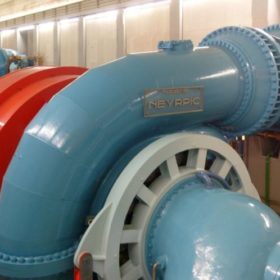
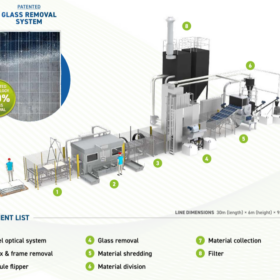
Very timely report as I have personally been quite apalled at the quality of the connections in the inter-panel connectors…. as tightening of the outer surface of the Connectors does not ensure the internal electrical connections are tight and secure…. and can cause heating and maybe a fire too….
Perhaps a washable non opaque insulating spray could be used to reduce the solar energy produced and stop the spread of fire.
Good to see attention is being paid to this aspect of safety of PV Systems….